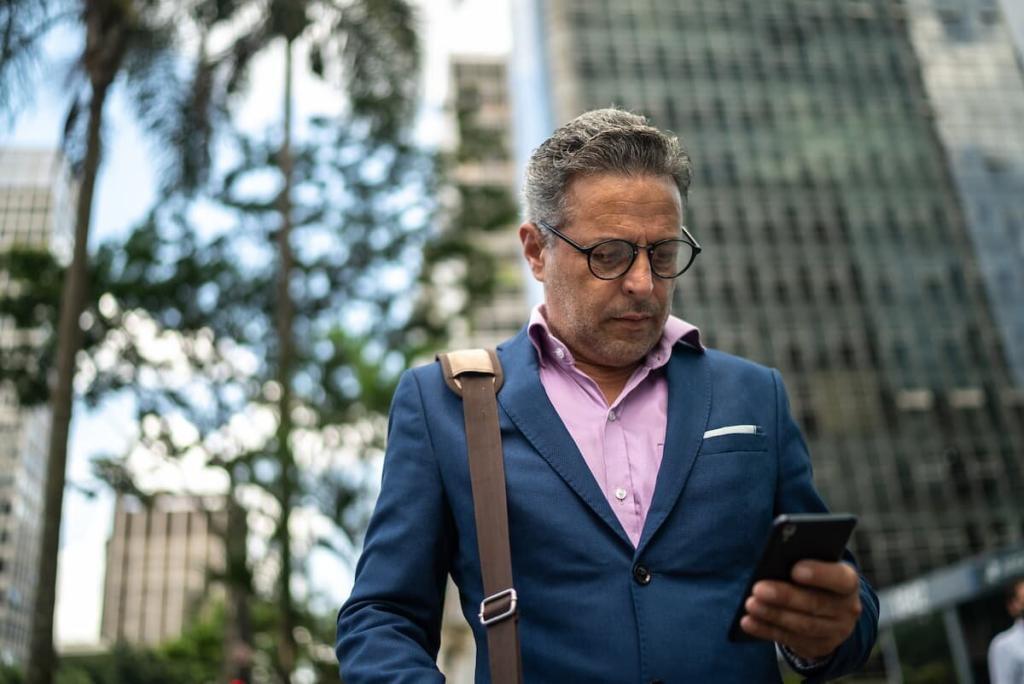With so many potential distractions, it’s important for both drivers and pedestrians to be aware of their surroundings and pay attention to where they are going.
It’s a well-known fact that distracted driving is a huge problem in the US, accounting for over 920,000 accidents every year. However, many people don’t realize that distracted pedestrians can be just as dangerous – if not more so. This article will discuss some of the most common distractions that can lead to pedestrian accidents.

Phones
With more and more people glued to their phones, it’s no surprise that phones top the list of dangerous distractions that increase the risk of pedestrian accidents. Whether it’s texting, checking email, updating social media status, or playing a game, it’s all too easy to become engrossed in our phones and oblivious to our surroundings. And when we’re not paying attention, we’re more likely to trip and fall or walk into traffic. In fact, a recent study found that pedestrians who were texting were four times more likely to walk into traffic without looking than those who weren’t. A separate study found that when people scroll through their phones while walking, they’re 61% more likely to veer off course.
So next time you’re out for a walk, remember to keep your eyes up and your phone in your pocket. Your life may just depend on it.
Headphones
Headphones are another common source of distraction for pedestrians. With the advent of smartphones and music-streaming services, it’s now easier than ever to have music constantly playing. And while there’s nothing wrong with wanting to listen to tunes while out and about, it can become a problem when headphones make it difficult to hear things happening around us. This can lead to dangerous situations, like not being able to hear an oncoming vehicle when crossing the street. If you must listen to something while walking, try to keep the volume at a level where you can still hear what’s happening around you.
Talking to Other Pedestrians
If you’re someone who likes to chat with friends or colleagues while walking, you might want to think twice about it when crossing the street. Pedestrians who engage in conversations with others while crossing the street are more likely to veer off course, fail to look both ways before crossing the street and ignore traffic signals. This can lead to accidents.
Daydreaming
It’s easy for our minds to wander, especially when we’re walking somewhere we’ve been a thousand times before. We know the route so well that our brains can just go on autopilot, and before we know it, we’re in dreamland.
Daydreaming is a dangerous distraction that increases the risk of pedestrian accidents because it takes away our focus from the task at hand: crossing the street. When we’re not paying attention, we might not see an oncoming car or hear a honking horn. We might step into the street without looking both ways first. So next time you’re out for a walk, resist the urge to let your mind wander and stay alert to your surroundings.
More Distractions:
- Taking pictures
- Smoking
- Eating /drinking
- Asking Google or Siri for directions
With so many potential distractions, it’s important to be aware of your surroundings and pay attention to where you’re going. By doing so, you can help prevent pedestrian accidents.
St. Louis Pedestrian Accident Attorney
Were you injured in a pedestrian accident caused by a negligent driver? Our experienced St. Louis pedestrian accident attorneys can help you get the justice and compensation you deserve. Contact us today for a free consultation.
Why Choose Us vs TV Lawyers?
Direct Attorney Access
Maximum Settlement Focus
Trial-Ready Cases
Paralegal Handling
Quick Settlement Push
Settlement-Only Focus
Free Consultation with a St. Louis Car Accident Lawyer
Don’t talk to an insurance claims adjuster before speaking with The Hoffmann Law Firm, L.L.C. We can help you avoid making statements that may affect the outcome of your case. The consultation is free; you don’t pay unless we get you money!
